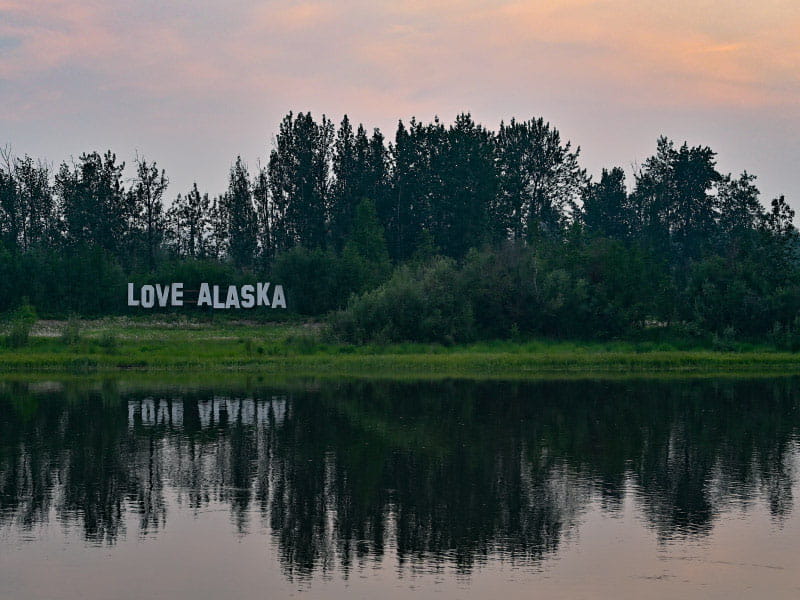
More adults in rural America are dying from cardiovascular diseases
Nov 15, 2024
The rural-urban gap in cardiovascular deaths still exists, according to new research that also shows the situation for rural residents was worse in 2022 than in 2010.

 American Heart Association
American Heart Association
Small towns have a big problem with health care. But they also have the resilience to meet the problem. People in rural communities live almost three years fewer than urban dwellers, and they’re more likely to die early from heart disease or a stroke.
The reasons are varied and not always understood.
Higher rates of tobacco use, physical inactivity, obesity, diabetes and high blood pressure increase the risk for serious diseases. Rural communities face severe shortages of health care professionals. People may live a long way from hospitals or clinics. Or they may reside in “food deserts,” remote from reliable access to healthy food.
Even so, the advantages of rural life, including a strong sense of connection, of neighbors helping neighbors, provide a sturdy foundation for overcoming these health disparities.
The American Heart Association has identified the rural health crisis as one of the top three barriers to achieving health care access. In response, the Association is taking action through a comprehensive, community-driven approach designed to meet the unique needs of rural and tribal communities.
The Presidential Advisory underscores three urgent priorities:


Improving care at hospitals and clinics with no-cost access to Get With the Guidelines® programs for coronary artery disease, heart failure and stroke.

Funding $20 million in projects to find fresh solutions to the issues.
We’re dedicated to removing barriers to health – such as the challenges rural Americans face. We’re telling these stories to raise awareness about these problems. Join our efforts to combat issues in rural America and in other communities.

Nov 15, 2024
The rural-urban gap in cardiovascular deaths still exists, according to new research that also shows the situation for rural residents was worse in 2022 than in 2010.

Jun 7, 2024
Despite all the challenges inherent to living in Alaska, particularly those related to health care, the positives make it overwhelmingly worth it for most residents.

Jun 6, 2024
Lifesaving investments have improved cardiovascular care across rural states and beyond.

Jun 5, 2024
Air ambulance services play a vital role in the Alaska health care system. They're staffed by critical care nurses such as Matthew Kuhns, who happens to be a third-generation lifesaver.

Jun 3, 2024
While health care in rural America is a challenge everywhere, many of the challenges are more extreme in Alaska.

May 31, 2024
The mountainous and largely rural areas of eastern Kentucky remain on the road to recovery after historic and deadly flooding in 2022.